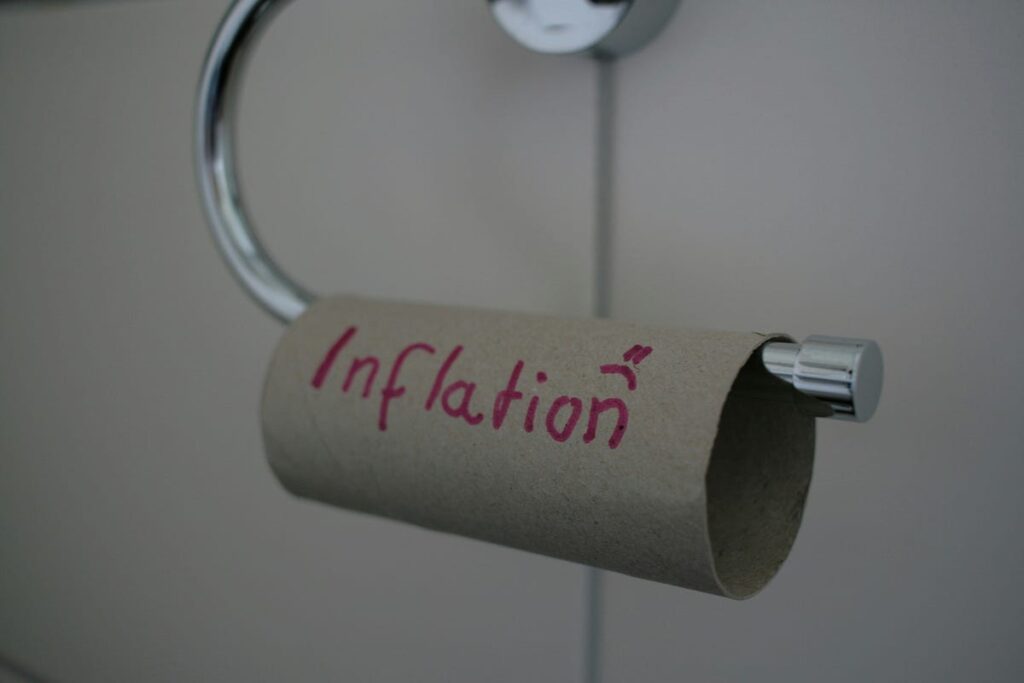A Step-by-Step Guide to Predicting Economic Indicators Through Data Science
Introduction to Economic Indicators
Hey there! Today, let’s dive into an exciting blend of data science and economics. We’re going to explore how you can predict multiple macroeconomic indicators using multi-target regression. You might be wondering if you need a background in economics to grasp this topic. Well, even if you’re not a data scientist, having a basic understanding of economics is beneficial—it plays a role in all our lives.
Think about it: every community, whether it’s your neighborhood in Charleston or bustling New York City, is part of a larger economic framework. So, understanding how economics impacts you can make a significant difference in your decision-making.
Why Should Companies Care?
For businesses, especially, having insights into macroeconomic indicators is crucial. These indicators guide investment decisions and overall strategy. For instance, if a company is considering expanding operations into different regions, understanding local GDP and other indicators can lead to more informed choices.
Imagine a tech startup in San Francisco looking to launch a new product. They would do extensive market research—examining not just local demand but also macroeconomic trends to forecast potential success. This would include understanding consumer spending habits and economic growth.
Understanding the Importance of GDP
When we talk about macroeconomic indicators, the Gross Domestic Product (GDP) is often at the forefront. But GDP isn’t just a national metric—it’s also relevant at the state level. Recognizing how GDP trends in your city or region can directly impact business decisions is invaluable.
For example, a company looking to establish a storefront in a thriving metropolitan area like Austin should analyze local GDP growth. If the GDP is rising, it generally indicates a healthy economy, suggesting that consumers are likely to spend more. This knowledge could sway a company’s decision to invest heavily in that location.
Getting Started with Prediction
Now, if you’re eager to learn how to predict these economic indicators, the process involves several key steps:
-
Gather Data: Start by collecting historical data on various economic indicators, such as GDP, unemployment rates, and consumer sentiment.
-
Choose Your Model: Using multi-target regression techniques allows you to forecast several variables simultaneously. This approach is beneficial because many economic indicators are interconnected.
-
Data Cleaning: Make sure your data is clean and free from errors. Inaccurate data can lead to misleading predictions.
-
Split Your Data: Divide your dataset into training and testing sets. This way, you can evaluate how well your model performs on unseen data.
-
Train the Model: Use the training dataset to help your model learn the relationships between different economic indicators.
- Test and Validate: Finally, test your model with the testing dataset to see how accurately it can predict economic trends.
Real-Life Applications
Imagine being a financial analyst who can predict economic downturns before they happen. This ability would give you a significant edge, allowing companies to pivot and adjust their strategies proactively.
Take the recent pandemic, for instance. Companies that closely monitored economic indicators were able to forecast shifts in consumer behavior, allowing them to adapt quickly. Those who understood the importance of data-driven decision-making fared much better than others who were caught off guard.
Conclusion
Predicting economic indicators through data science is not just a remote possibility—it’s an essential skill in today’s fast-paced economic landscape. It can help guide investments and secure successful futures for businesses.
The AI Buzz Hub team is excited to see where these breakthroughs take us. Want to stay in the loop on all things AI? Subscribe to our newsletter or share this article with your fellow enthusiasts.




